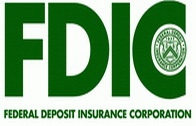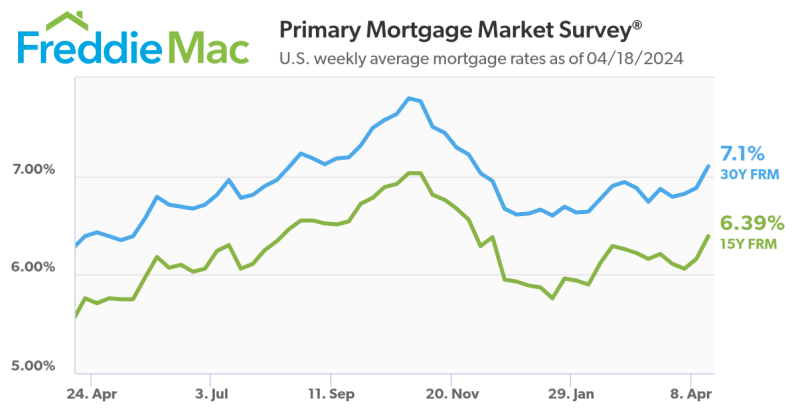Advertisement
Earnings of FDIC-insured institutions jump to $21.6 billion

Commercial banks and savings institutions insured by the Federal Deposit Insurance Corporation (FDIC) reported an aggregate profit of $21.6 billion in the second quarter of 2010, a $26 billion improvement from the $4.4 billion net loss the industry posted in the second quarter of 2009. This is the highest quarterly earnings total since the third quarter of 2007. Despite the improvement, earnings remain below historical norms. On the positive side, one in five institutions reported a net loss for the quarter, compared to 29 percent a year earlier. And, the average return on assets (ROA), a basic yardstick of profitability, rose to 0.65 percent, from negative 0.13 percent a year ago.
"This is the best quarterly profit for the banking sector in almost three years," said FDIC Chairman Sheila C. Bair. "Nearly two out of every three banks are reporting better year-over-year earnings. As long as economic conditions remain supportive, most institutions should maintain profitability and increase their capacity to lend. "Without question, the industry still faces challenges. Earnings remain low by historical standards, and the numbers of unprofitable institutions, problem banks and failures remain high. But the banking sector is gaining strength. Earnings have grown, and most asset quality indicators are moving in the right direction."
The primary factor contributing to the year-over-year improvement in quarterly earnings was a reduction in provisions for loan losses. While quarterly provisions remained high, at $40.3 billion, they were $27.1 billion (40.2 percent) lower than a year earlier. Net interest income was $8.5 billion (8.6 percent) higher than a year ago, and noninterest expenses were $1.5 billion (1.5 percent) lower.
The FDIC noted signs of improvement in asset-quality trends as the amount of loans and leases that were noncurrent (90 days or more past due or in nonaccrual status) fell for the first time since the first quarter of 2006. Insured banks and thrifts charged off $49 billion in uncollectible loans during the quarter, down $214 million (0.4 percent) from a year earlier. This is the first time since the fourth quarter of 2006 that net charge-offs posted a year-over-year decline.
Total loans and leases declined by $107.5 billion (1.4 percent) during the quarter. Total assets fell by $136.2 billion (1.0 percent).
Financial results for the first quarter are contained in the FDIC's latest Quarterly Banking Profile, which was released today. Also among the findings:
►Loan-loss reserves declined for the first time since the fourth quarter of 2006. Although almost two out of every three banks (62.1 percent) increased their loan-loss reserves in the quarter, the industry's total reserves declined by $11.8 billion (4.5 percent), as a number of large banks reduced their loan-loss provisions. The industry's ratio of reserves to total loans and leases fell from 3.50 percent to 3.40 percent during the quarter, but this is still the second-highest ratio in the 63 years for which data are available. "Particularly given economic uncertainties, we believe all banks should continue to exercise caution and maintain strong reserves," Chairman Bair said.
►The industry's "coverage ratio" of reserves to noncurrent loans improved for a second consecutive quarter, from 64.9 percent to 65.1 percent, as the decline in noncurrent loans outpaced the reduction in loss reserves.
►The number of institutions on the FDIC's "Problem List" rose from 775 to 829. However, the total assets of "problem" institutions declined from $431 billion to $403 billion. Also, while the number of "problem" institutions is the highest since March 31, 1993, when there were 928, it is the smallest net increase since the first quarter of 2009.
►Forty-five insured institutions failed during the second quarter.
►Deposit Insurance Fund (DIF)The Deposit Insurance Fund (DIF) balance improved for the second quarter in a row. The DIF balance—the net worth of the fund—improved from negative $20.7 billion to negative $15.2 billion during the second quarter. The improvement stemmed primarily from assessment revenues and from a reduction in the contingent loss reserve, which covers the costs of expected failures. The reserve declined from $40.7 billion to $27.5 billion during the quarter.
►The FDIC's liquid resources—cash and marketable securities—remained strong. Liquid resources stood at $44 billion at the end of the second quarter, a decline from $63 billion at the end of the first quarter. The decline in cash balances reflects previously anticipated outlays, primarily related to three bank failures in Puerto Rico on April 30.
"As we expected," Chairman Bair said, "demands on cash have increased this year. But our projections indicate that our current resources are more than enough to resolve anticipated failures." Total insured deposits declined by 0.7 percent ($39 billion) during the quarter.
The complete Quarterly Banking Profile is available by clicking here.
For more information, visit www.fdic.gov.
About the author





